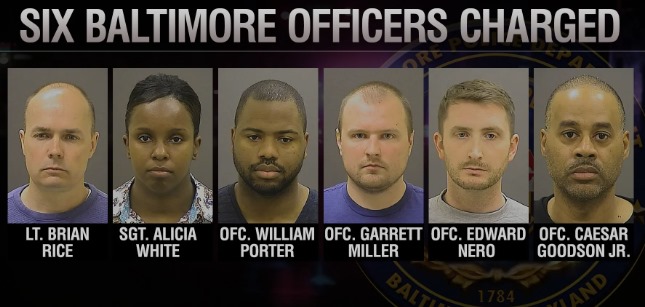
By Amelia McDonell-Parry, Justine Barron
Rolling Stone
ON APRIL 12TH, 2015, a 25-year-old black man from the west side of Baltimore named Freddie Gray was arrested for possession of a “switchblade,” put inside a Baltimore Police Department (BPD) transport van, and then, 45 minutes later, was found unconscious and not breathing, his spinal cord nearly severed. Following a seven-day coma, Gray died on April 19th; his untimely death and citizen video of his arrest, which showed Gray screaming in pain, prompted both the peaceful protests and headline-grabbing riots. The subsequent two-week police investigation ultimately concluded that Gray’s injury happened sometime during the van’s route – over six stops, with two prisoner checks, and another passenger pick-up.
On May 1st, 2015, State’s Attorney Marilyn Mosby stood on the steps of Baltimore’s City Hall to announce criminal charges against six police officers, an unheard of demand for police accountability.
But over the next two years, four trials would end in defeat for the prosecution, the remaining charges would be dropped, and many leaders in Baltimore would retire, quit, or be fired. Our nine-month investigation into the killing of Freddie Gray, which is currently being broadcast on the podcast Undisclosed, has turned up many facts and discrepancies that call the official narrative presented and accepted by the police, prosecution and defense teams, into question. What follows are just some of our discoveries.
- Freddie Gray’s knife was legal
The Baltimore Police Department waited until the day after Freddie Gray died to publicly disclose that he had been arrested for possession of an illegal switchblade. But when State’s Attorney Marilyn Mosby announced the charges against the six police officers, she claimed, “The knife was not a switchblade and is lawful under Maryland law.”
Five out of the six officers who were charged for Gray’s death are now suing Mosby for false arrest, false imprisonment, and defamation of character in part on the basis that she was wrong about the knife law — that Gray’s arrest was justified and lawful.
But our investigation found that Mosby was right. Pictures and videos of the knife, released just after the trials concluded, show a type of legal knife known as an “assisted opener,” not a switchblade under any interpretation of Baltimore City or Maryland State law. The distinction between these types of knives is clearly established by the federal definition of a switchblade, by every knife expert we consulted, and by countless retailers, which sell assisted opener knives legally inside and outside of Baltimore City.
Though Mosby’s prosecution team was in the right about the knife’s legality, they declined to pursue the issue at trial. In the podcast’s fifth episode, we look at some of the legal and political reasons that they may have decided to back down. For example, Supreme Court precedent allows officers to make mistakes in interpreting the law, provided those mistakes are “reasonable.” We’ve confirmed with multiple police sources of various ranks that the Baltimore Police Department provides zero official training in identifying different types of knives, so the defense could’ve demonstrated that Freddie Gray’s arrest for such a knife was a reasonable misunderstanding.
But even if winning this argument in court were a long shot for Mosby’s prosecution team, the visibility of the trials could’ve had the positive effect of improving public awareness of the legality of assisted-opener knives, making it harder for cops to claim reasonable ignorance in the future. (After all, “reasonable ignorance” of the law doesn’t work as a defense for the average citizen.) However, if Mosby’s prosecution team had argued that Gray was wrongfully arrested and charged, they would’ve had to suddenly account for their own department’s complicity in similar wrongful arrests and prosecutions for legal knives, a history the defense teams blatantly exposed pre-trial.
So, the State’s Attorney’s Office rolled over on this issue, and the knife was never even mentioned in court across all four trials. This is just one reason why local prosecutors should not oversee criminal cases against local police – they are all too often deeply implicated in each other’s work, and thus have a conflict of interest.

2. Witness accounts of Gray’s arrests were dismissed
Freddie Gray became a national news story thanks to a man named Kevin Moore, who filmed the last few minutes of Gray’s arrest. After giving a copy of the video to investigators, Moore uploaded the footage online and it quickly went viral. It showed Gray being held face down on the sidewalk by officers Garrett Miller and Edward Nero, screaming in pain. His ankles were crossed and his knees bent, with Miller’s weight pushing his heels in his rear, a police hold known as a leg lace.
While Moore’s video was shown in court at the police officers’ trials, he was never called to testify. Neither were any of the dozen-plus residents who witnessed Gray’s arrest that morning, despite many of them giving damning interviews to the media under their own names. Some of these witnesses were interviewed by detectives, but their accounts – of Taser use, of seeing an officer put his knee in Gray’s neck, of Freddie crying out that they were hurting his back and his legs – were dismissed by both the police and prosecutors. Other officers who were present during the arrest, but weren’t charged, testified that Gray was only trying to attract attention, but witnesses maintain his screams were real.
“It was like she didn’t believe me,” Alethea Booze said in Undisclosed‘s second episode, about the detective who took her statement. Booze also says she was never contacted by the State’s Attorney’s Office, who claimed to be doing their own independent investigation. In July 2016, following Mosby’s decision to dismiss the remaining charges, a reporter asked prosecutor Michael Schatzow about Booze’s claim that witnesses weren’t interviewed by his office.
“I don’t… the name doesn’t ring a bell with me,” Schatzow said, potentially proving Booze’s point. Another witness named Jacqueline Jackson saw nearly the entirety of the van’s second stop, just one block from the arrest, through her open kitchen window. Jackson alleged that she saw Miller, Nero, and Lieutenant Brian Rice’s first attempt to put Gray back in wagon after shackling his legs.
She alleged that they threw him face down, head first and hard into the metal van compartment. Even from inside her house, she could hear a loud thump, followed by Gray’s moans.
“You can hear him making noise, like, he’s in pain,” Jackson said in an interview for our fourth episode. “It was just sad.… I told them, “What are y’all doing to that young man?” They told me I needed to mind my M-Fing business.”
Jackson said she was never interviewed by detectives, despite giving her account to both print and television outlets. She also didn’t hear from prosecutors until shortly before the trials started in late-2015. (The State’s Attorney’s Office has declined to comment or answer questions about this case.)
3. The BPD waited until Gray was dead to disclose everything they knew about the van route
Four days after Gray was injured in police custody, Baltimore Police officials released a timeline for the incident, which had just three stops – the pickup on Presbury Street, a second stop just one block away, and the Western District Police Station. The timeline also revealed what time police called for an ambulance to come to the station: 30 minutes elapsed between the van’s departure from Stop Two and the call for a medic. But the police station was just four blocks away, and Freddie was allegedly found unconscious when they open the doors.
So, what had happened during that half hour? Why did it take so long to call a medic? That was the big mystery at the heart of the two-week-long police investigation.
Except it wasn’t a mystery to investigators – or it shouldn’t have been, anyway. Each of these three stops on the original timeline was given it’s own specific timestamp, in hours, minutes and seconds, but there was no explanation for where they came from. It turns out the timestamps came directly from calls between the involved officers and police dispatch, which means investigators were using that audio to figure out the timeline. As of April 16th, police were accounting for just three stops – not the eventual six.
All of the dispatch audio related to Freddie Gray’s arrest and transport was eventually played in court – there are calls pertaining to five of the stops. That means investigators knew about Stop Four, where Officer William Porter had responded to Goodson’s dispatch request for a prisoner check. And they certainly knew about the van’s fifth stop to pick up a second prisoner, because Goodson was clearly heard alerting the dispatcher that he was on his way. Instead of including all of the stops they knew about on their timeline, BPD kept quiet about Stop Four and Stop Five, leaving that mysterious 30-minute gap instead.
Stops Four and Five were finally disclosed to the media and the public on April 20th, the day after Gray died. There are certainly valid reasons to keep some details confidential until an investigation has been completed; however, the way the Baltimore Police Department presented the timeline was misleading – they made it appear like the unexplained 30-minute gap before the call for an ambulance was a total mystery to them, too. There is also no evidence to suggest that investigators spent those four days seeking more information or witnesses for those stops – so what were they doing? And why did they decided to disclose those stops as soon as Gray was dead? (The Baltimore Police Department has declined our requests for comment on this case.)
4. No proof of Stops Three and Four has been disclosed
On April 24, 2015, BPD released footage from 16 CCTV surveillance cameras which allegedly captured the transport van at four of its stops, as well as en route. Some of the stops seemed to have an abundance of footage – three cameras, for example, caught Stop One, where Gray was arrested, and two cameras recorded the entirety of Stop Five.
However, there is no evidence – either disclosed publicly or presented in court – that definitively supports two out of the van’s six stops. While the prosecution and the various defense teams agreed to allow certain pieces of video evidence as proof of Stops Three and Four, the footage itself is anything but definitive.
The transport van’s third stop was not revealed until April 30th, the day the police department announced they had finished their investigation. Officer Goodson briefly stopped the van at Stop 3 without alerting dispatch, and because he is the only defendant who did not give a statement, detectives only learned about the stop thanks to private security footage from a nearby convenience store.
The police didn’t release this footage to the public and it was only briefly shown in court by prosecutors, who argued that it captured Goodson checking on Gray seconds after they said his neck injury occurred.
That footage, which has never been shared publicly outside of the courtroom, leaves much to be desired. There is no date or timestamp; there’s no way to tell if the police van seen on the footage is the same one holding Gray; and the van driver is completely unidentifiable – the person’s race and gender aren’t even clear.
There is nothing about this footage that authenticates the facts alleged by police and prosecutors; it’s not even the original footage or a direct copy of the file – the trial exhibit is a video of the footage being played on a computer monitor. That Goodson’s defense team would agree to the veracity of such utterly inconclusive evidence – the only “proof” that this stop even occurred – is downright bizarre.
The video evidence for Stop Four isn’t much better. This is where Officer William Porter, one of the six defendants, testified he and Goodson discovered Gray on the floor of the wagon, asking for help.
However, the three short CCTV clips that serve as proof of this stop only show a white police van in transit. While the clips are timestamped, the van is never seen parked, its tags and license plate are not visible, and the driver can’t be identified. The street itself is one that any police van from any of the city’s nine districts might drive down on the way to Central Booking. There is also no sign of Officer Porter or his police car on the available footage.
Perhaps even more damning is just how little footage exists – Stop Four was smack-dab in the middle of one of the low-income housing projects in Baltimore that are under constant CCTV surveillance. The three cameras that supposedly captured the van’s arrival and departure are amongst nearly a dozen others that should have documented even more of Stop 4. Yet none of that footage, if it exists, has been disclosed, nor was it presented in court.
Both a detective and a reporter from the Baltimore Sun also reviewed video taken by a non-rotating private surveillance camera, and neither reported finding any sign of a police van or police car during the timeframe alleged by police and prosecutors.
5. Police and prosecutors failed to investigate important leads
The Baltimore Police Department’s Force Investigation Team failed to follow standard protocols around interviewing witnesses and evidence collection in the immediate aftermath of Gray’s injury. For instance, Officer Zachary Novak – who both loaded Gray into the van and found him unconscious later that morning – was given power over evidence collection, interviewing witnesses, and writing reports on day one. As a major witness, Novak’s had a conflict of interest and he should not have been given investigatory powers. He later received immunity from prosecution.
In another possible example, instead of being treated as a crime scene, sources close to the case have told us that the transport van was almost immediately put back into service. This possibility was discussed during the trials, when a witness from the crime lab was unable to trace the chain of evidence for the van all the way back to the day of the incident. In addition, other expert testimony revealed that days, even weeks, went by before standard evidence collection procedures occurred, like photographing the inside of the van, testing for fingerprints and DNA, or collecting blood samples.
The prosecution, meanwhile, suffered from the same issue that we see again and again in wrongful conviction cases: tunnel vision. In court, they avoided any evidence that complicated their story that Goodson, the van driver, had given Gray a “rough ride” between Stop Two and Stop Four. They accepted the unreliable CCTV footage as proof of Stops Three and Four, while ignoring the witnesses who saw brutality being used against Gray at Stops One and Two. Despite being publicly at war with the police department over how the investigation was handled, the state’s case depended too much on the evidence police had collected – including statements from the defendants and other involved officers – instead of what they hadn’t.
Prosecutors hinged their narrative on the findings of the Medical Examiner, Dr. Carol Allan. Because Freddie Gray’s fatal injury resembled a “shallow diving accident,” Allan ruled out the possibility of it happening during his arrest, when Officer Miller allegedly pressed his knee into Gray’s neck. But Allan never considered the possibility of a fatal injury at Stop Two, where witness Jacqueline Jackson saw Gray thrown head first into the van. That’s because Dr. Allan was never given statements from civilian witnesses. Instead, she was only provided with statements made by the defendants and other police officers – and since they claimed that Gray was violently shaking the van, Allan determined he couldn’t have been injured during Stop Two. But these police accounts are contradicted by statements from other witnesses as well as the CCTV footage. While Mosby’s team fought hard in court, it’s their decisions out of court that call into question their pursuit of the truth.
Justine Barron and Amelia McDonell-Parry are co-hosts and investigators of Undisclosed: The Killing of Freddie Gray, a podcast now airing on Audioboom.

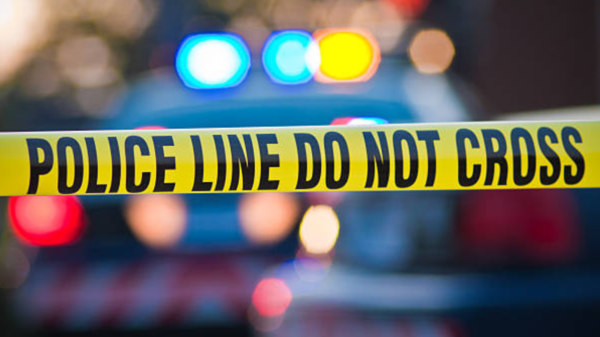

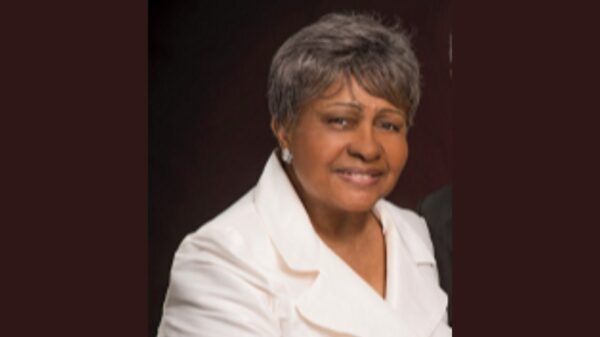

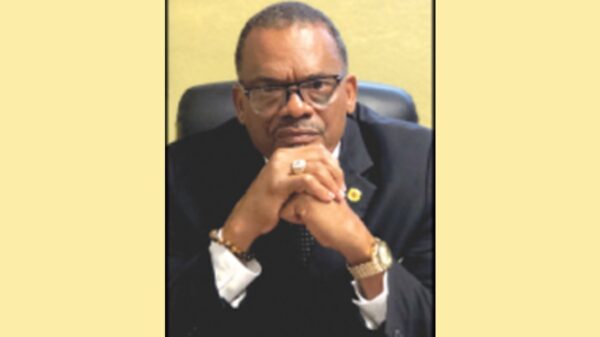

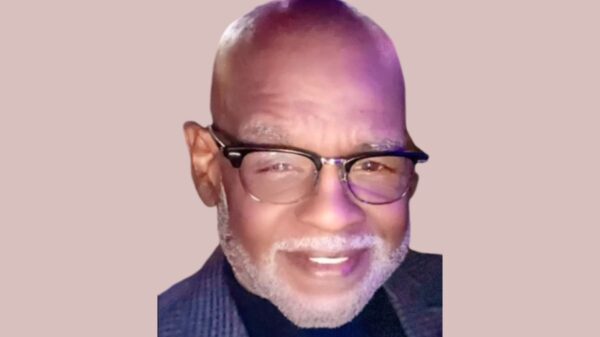

You must be logged in to post a comment Login